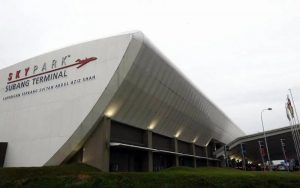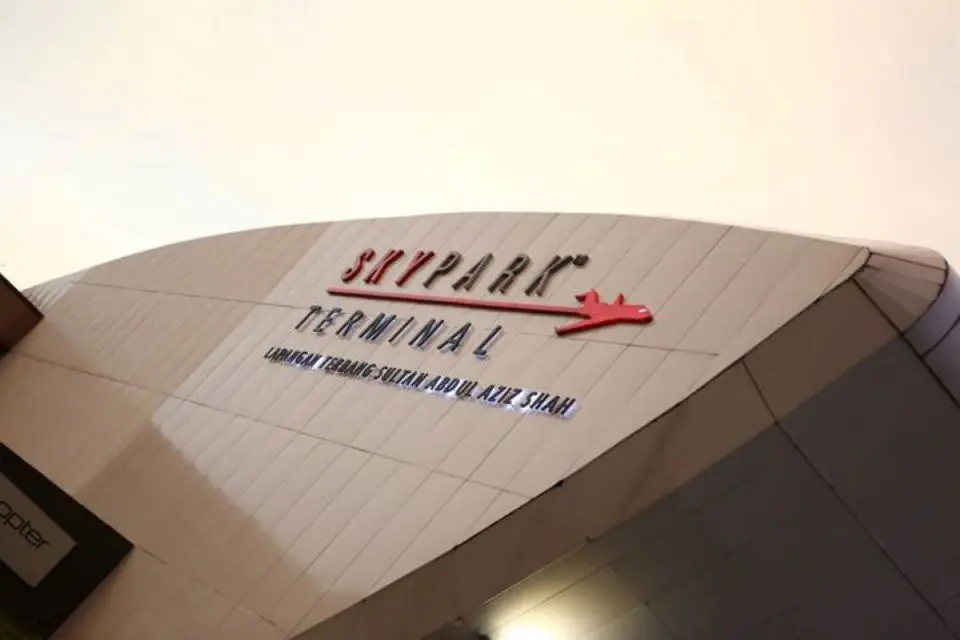KUALA LUMPUR, March 20 — The Sultan Abdul Aziz Shah Airport (LTSAAS) will be able to accommodate eight million passengers per annum (ppa) by 2030 under the Subang Airport Regeneration Plan (SARP), with two jets set to be operational at the end of March this year. said Malaysian Airports Holdings Bhd (MAHB).
KLIA Aeropolis Sdn Bhd head Randhill Singh said the base for aircraft would also be reconfigured from 11 ATR-variant aircraft to five ATRs and six jets, which could commence from the second half of this year.
By reconfiguring some of the facilities, amenities, and kiosks, the airport can manage three million ppa by June this year under its interim phase and five million ppa in phase two.
LTSAAS currently handles a capacity of 1.5 million ppa.

Under the SARP, he said there are three segments for the entire ecosystem spanning 477.33 hectares, namely aerospace ecosystem (landside — industrial operations), business aviation (airside — fixed-wing and helicopter operations), and city airport (airport and fixed-base operator operations).
“The SARP is intended to maximise the economic value of LTSAAS and its surrounding area via various development strategies,” Randhill said during the Media Familiarisation Trip on SARP at LTSAAS today.
It includes optimising the area for business aviation, redevelopment and new space for the high-value maintenance, repair, and overhaul (MRO) segment, as well as LTSAAS’ modernisation and expansion.
“It will significantly increase the total gross floor area (GFA) to accommodate high-value business aviation players. The GFA currently stands at 1.73 million square feet (sq ft) and this will increase to 3.97 million sq ft after SARP,” he said.
SARP to have a significant impact on Malaysia’s economy
Additionally, Randhill said LTSAAS’ redevelopment under the Subang SARP is expected to generate RM216.6 billion in revenue, or RM8.7 billion annually, for Malaysia’s economy over the next 25 years.
Quoting the Independent Economic Impact Assessment undertaken by Deloitte and Touche Financial Advisory Services Pte Ltd, he said the development also would generate RM93.7 billion value added in the next 25 years, or RM3.7 billion per year.
“One per cent of Selangor’s Gross Domestic Product will come from SARP and will impact across 124 industries,” Randhill said.
The reconfiguration will also ensure Malaysia’s competitiveness against Singapore’s Seletar Aerospace Park and Thailand’s U-Tapao International Airport in aviation and aerospace, while attracting investments, raising local income, and supporting small businesses for economic vibrancy.
“Additionally, it supports lower-income communities, such as Kg Melayu Subang (RM3,500) and Bandar Pinggiran Subang (RM6,000) to surpass the Petaling district’s median income of RM8,993 in 2019.
“It also leverages a skilled local talent pool with over 70 per cent of the population aged 15-65,” he said.
The plan will also transform LTSAAS and its surroundings into an economic and social hub, aligning with the Malaysia Madani aspirations.
Among the companies operating in LTSAAS are Collins Aerospace, Airbus Helicopters, Nusantara Aviation Services, Execujet, Dassault Aviation, and Leonardo Helicopters.

New OAs to bode well with airport development
Randhill added the recent new operating agreements (OAs) provide a clearer structure for MAHB and for the airport operator to invest with a clear financial recovery, stipulated within the OA.
“So, I think it bodes very well for us to progress on our airport development projects…you will see a lot of this now moving progressively because of the new OAs that we now have on the table,” he said.
Recently, the government, via the Transport Ministry, and MAHB inked new OAs for 45 years until February 11, 2069, and upon signing the agreements, the airport operator will continue its role to operate, manage, maintain, and develop 39 airports and short take-off and landing airports (STOLports) nationwide.
— Bernama





